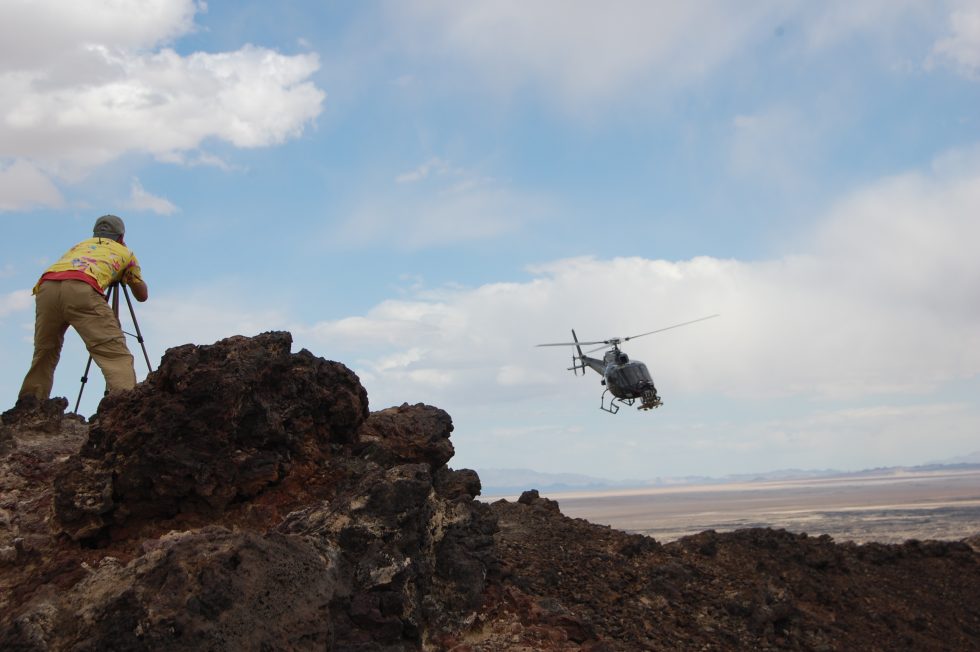Here’s an example of the crazy lengths NASA goes to land safely on Mars

Over three weeks in April and May of 2019, NASA's Lander Vision System flew 17 flights attached to the front of a helicopter. [credit: Pursuit Aviation ]
If all goes well, the Mars 2020 mission will launch toward the Red Planet next July. Then, after a six-month cruise to Mars, a lander carrying a 1-ton rover will detach from the spacecraft and attempt to make a soft landing in an ancient lake bed named Jezero Crater.
Most likely, it will all go well despite the enormous challenge of safely sending spacecraft to Mars. Historically, about 50% of missions have failed. But NASA has gotten pretty good at this stuff, and there's a reason for that. The agency works really hard at getting all of the details right.
Probably the most challenging part of the Mars 2020 mission involves putting the rover on the ground. It is true that NASA performed pretty much the same landing profile in August 2012 with the similarly sized Curiosity rover. However, there is one key difference-whereas Curiosity sought a safe landing site in the relatively smooth terrain of Gale Crater, the Mars 2020 mission will land in a more sporty location with boulders and other hazards.
Read 9 remaining paragraphs | Comments